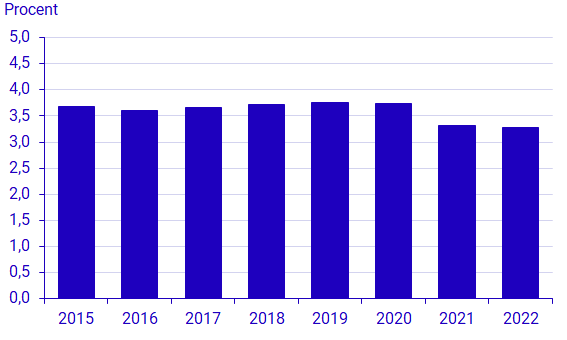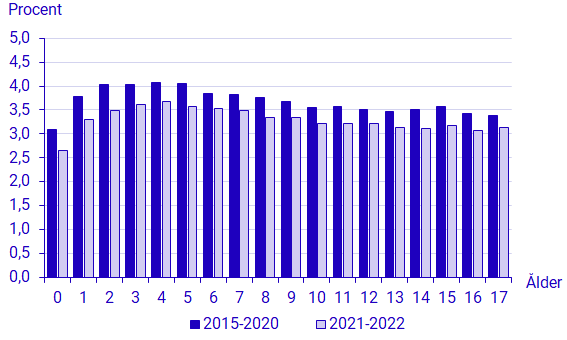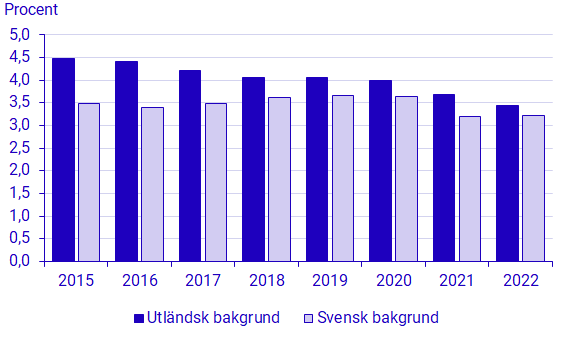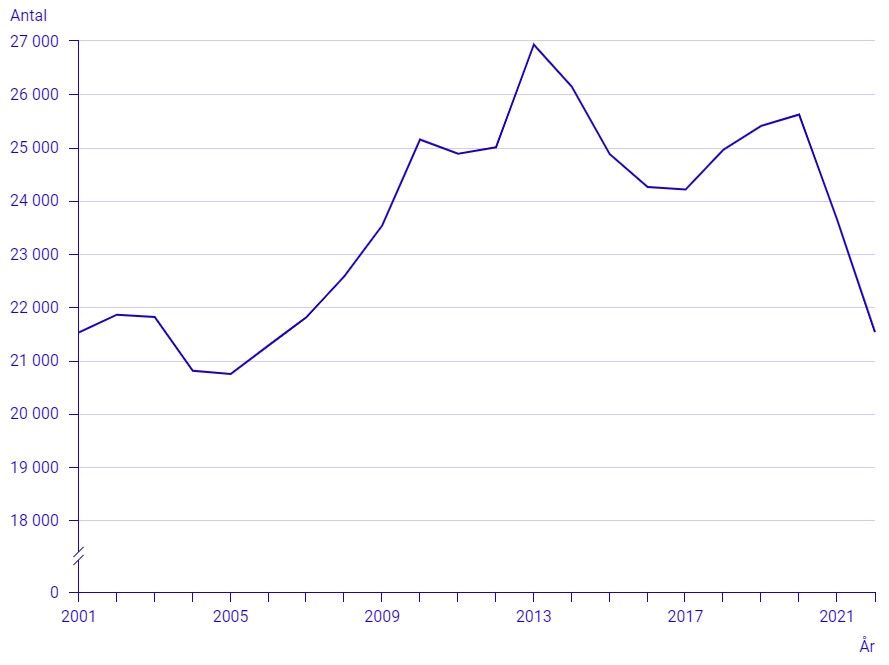
👪 Fewer Swedish children experience separation (did the pandemic lead to fewer divorces?)
2021 and 2022 represented a break in the trend, with fewer children experiencing their parents' separation.
Share this story!
In 2021 and 2022, 3.3 percent of all children who lived with both parents at the beginning of the year experienced their parents separating. The percentage has varied between 3.6 and 3.8 percent during the years 2015-2020, according to Statistics Sweden (SCB).

The proportion of children who experience a separation is generally lowest among 0-year-olds and highest among children aged 2-5 years. The proportion of children whose parents separate has decreased in all age groups, but slightly more among younger than older children.

The proportion of separations is higher for children with a foreign background than for children with a Swedish background. For children with a foreign background, the proportion of separations has gradually decreased since 2015, and the difference between children with a foreign and Swedish background has decreased. In 2022, 3.4 percent of children with a foreign background and 3.2 percent of children with a Swedish background experienced their parents separating. In 2015, the corresponding proportions were 4.5 and 3.5 percent respectively.

Fewer divorces during the pandemic years
When people were forced to stay home and spend much more time with their families, many predicted an increase in divorces. However, the opposite happened.
Between 2010 and 2020, the number of divorces per year has been around 25,000. In 2021 and 2022, it decreased to 23,600 and 21,500 respectively.

By becoming a premium supporter, you help in the creation and sharing of fact-based optimistic news all over the world.


